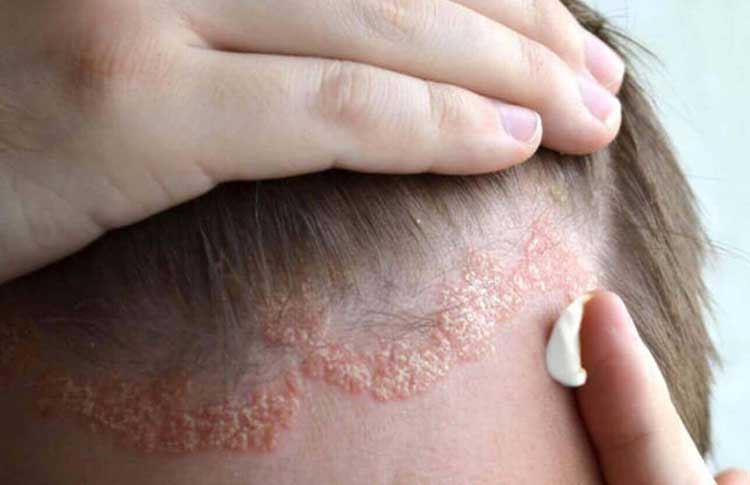How to treat seborrheic dermatitis(脂漏性皮膚炎) - Explained by Dr. Yeung Ho Hong (楊浩康)

Seborrheic dermatitis (脂漏性皮膚炎) is a common chronic skin condition characterized by redness, excessive oil secretion, scaling, and crusting. This disease primarily affects areas with high sebum production, such as the scalp, face, chest, and upper back, negatively impacting patients’ appearance and quality of life. Although seborrheic dermatitis is benign, its recurrent nature and chronic progression make treatment and management a long-term concern. Currently, various treatment methods—from topical medications to oral drugs—combined with proper skincare, can effectively control symptoms and improve skin condition.
For mild or early-stage symptoms, good skincare is the foundation of managing seborrheic dermatitis. Patients should use gentle, fragrance-free cleansers and avoid harsh detergents to protect the skin’s natural barrier. Regular use of moisturizing products and emollients helps maintain skin hydration, reducing irritation and flaking caused by dryness. For patients with prominent scaling and crusting, keratolytics (角質溶解藥物) are particularly important. For example, salicylic acid (水楊酸) and lactic urea (乳酸尿素) can soften and remove excess keratin layers, facilitating scale shedding and enhancing the absorption and efficacy of subsequent treatments.
Since seborrheic dermatitis is closely linked to the proliferation of Malassezia (馬拉色菌), topical antifungals play a pivotal role in treatment. Commonly used antifungal products include ketoconazole (酮康唑) shampoo or cream, as well as topical agents like pyrithione selenium and selenium sulphide . These medications effectively inhibit fungal growth and reduce localized inflammation. Particularly on the scalp or other sebum-rich areas, regular use of antifungal shampoos can alleviate itching and redness while improving hair health. This pathogen-targeted approach, often combined with keratolytics, achieves better therapeutic outcomes.
During acute flare-ups, when skin inflammation is more severe, topical corticosteroids (皮質類固醇) can rapidly suppress the inflammatory response, relieving redness, itching, and pain. Corticosteroids are categorized by potency, and doctors select the appropriate cream based on the patient’s age, the extent of the lesions, and the affected area. For sensitive areas like the face, low-potency creams are typically used, while medium- to high-potency options may be applied to thicker skin or more severe cases. However, prolonged or excessive use of corticosteroids can lead to skin atrophy, telangiectasia, or pigmentation changes, so strict adherence to medical instructions is essential.
For patients requiring long-term inflammation control, or those with sensitive facial skin where corticosteroids cannot be used indefinitely, topical calcineurin inhibitors (鈣調神經磷酸酶抑制劑), such as pimecrolimus and tacrolimus , offer a valuable alternative. These drugs modulate local immune responses, effectively reducing inflammation and itching without causing the atrophic damage associated with corticosteroids. This makes them particularly advantageous for long-term treatment and relapse prevention.
In cases resistant to treatment or with severe symptoms, topical therapies alone may be insufficient, prompting doctors to consider oral medications like itraconazole or doxycycline to enhance treatment efficacy. These oral drugs are typically reserved for situations where topical treatments fail or lesions are widespread, but their use requires a thorough clinical evaluation to ensure the patient’s overall health is suitable for such therapy.
Beyond medication, daily skincare and lifestyle adjustments are crucial. Keeping the skin clean and avoiding harsh cosmetics or skincare products can minimize irritation and inflammation. Additionally, adopting a balanced diet can promote skin self-repair and boost immunity, reducing the frequency of seborrheic dermatitis flare-ups.
In summary, treating seborrheic dermatitis is a multi-layered, personalized process. Depending on the severity and the patient’s specific condition, doctors employ strategies including keratolysis, antifungal therapy, anti-inflammatory treatment, and immune modulation. Sometimes a single medication suffices, while other cases require a combination of drugs for optimal results. Professional physicians adjust treatment plans based on therapeutic responses and side effects, ensuring effective symptom control while minimizing adverse reactions.
